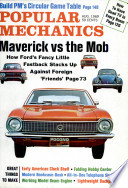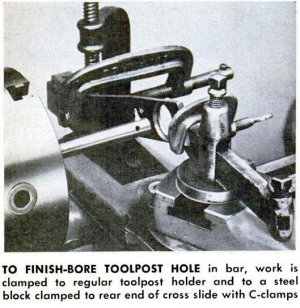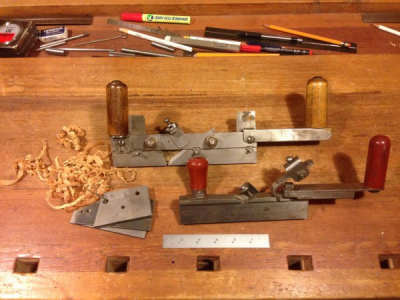Here is the link to the article. I think I know what to do. That flimsy piece of sheet metal has to be replaced with a wrap around strap.

Popular Mechanics
Popular Mechanics inspires, instructs and influences readers to help them master the modern world. Whether it’s practical DIY home-improvement tips, gadgets and digital technology, information on the newest cars or the latest breakthroughs in science -- PM is the ultimate guide to our high-tech...
books.google.com




